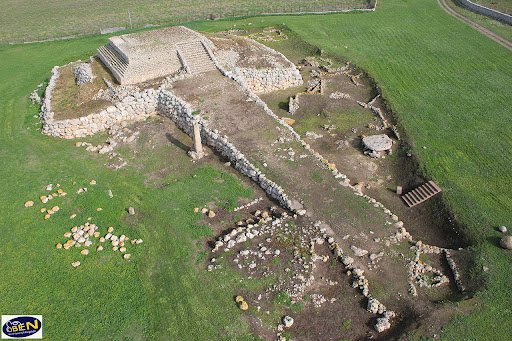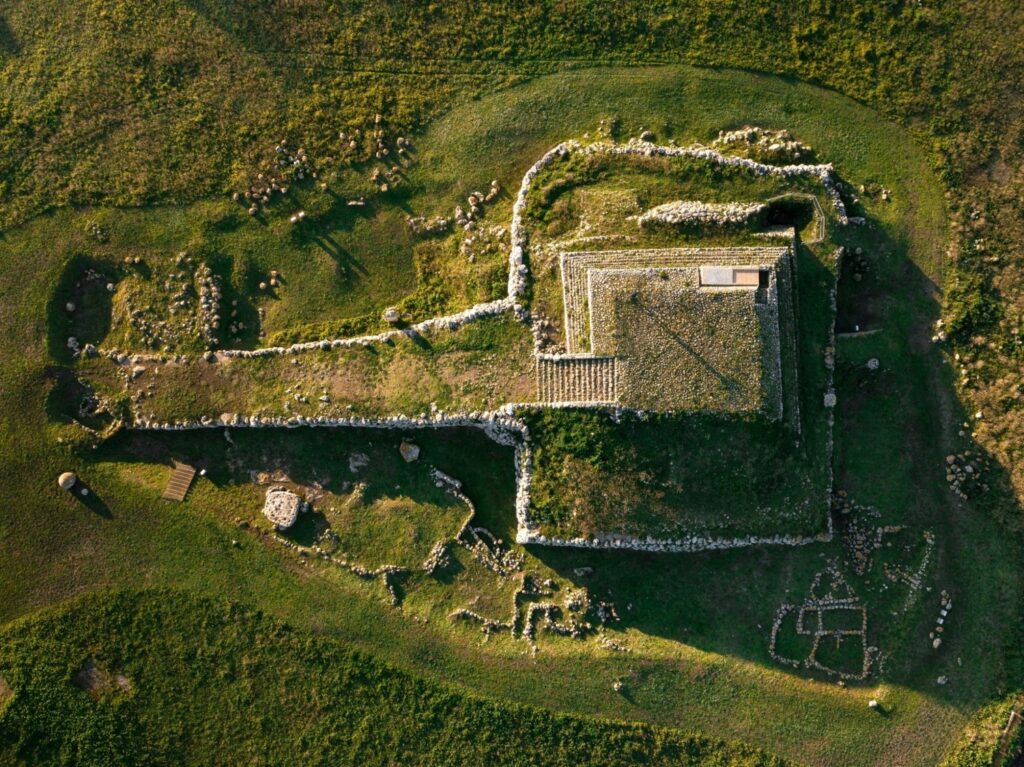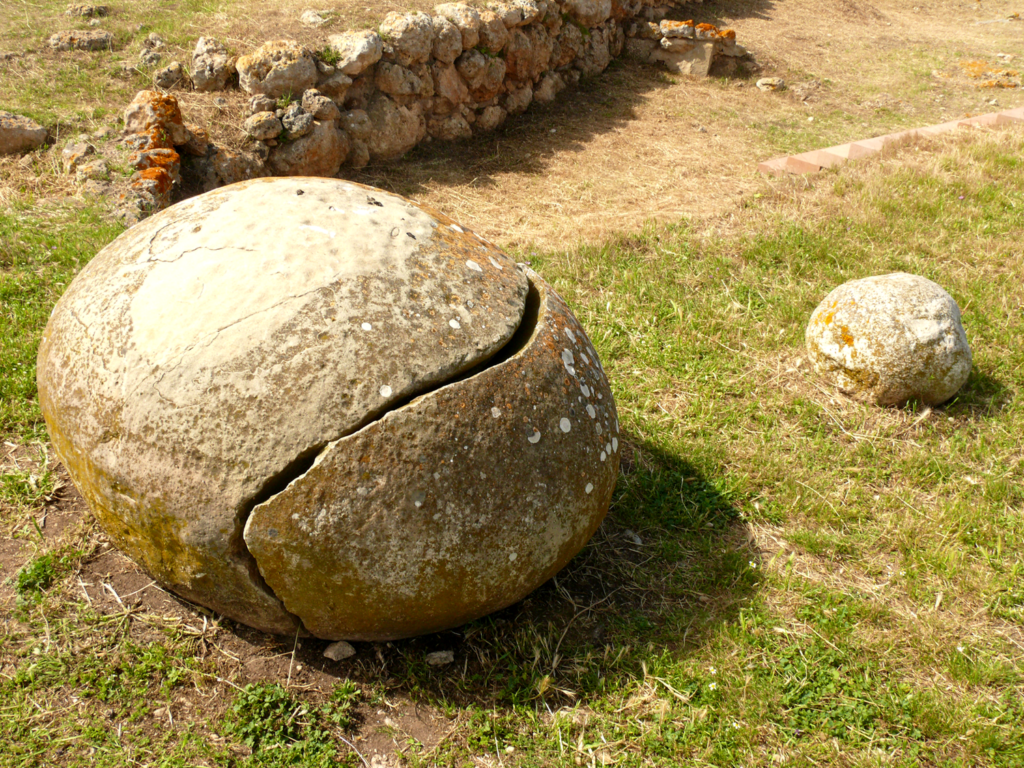Neolithic site of Monte D’Accoddi: Is This European Megalithic Altar the Oldest Pyramid in the World?
Monte d’Accoddi is a Neolithic archaeological site in northern Sardinia, located in the territory of Sassari. The site consists of a massive raised stone platform thought to have been an altar.
It was constructed by the Ozieri culture or earlier, with the oldest parts dated to around 4,000–3,650 BC.
We think immediately about the most similar known examples: the Mesopotamian ziqqurat or the first step pyramid of Djoser in Egypt. But is it possible that these monumental types, thousands of miles away, have common ancestry?

The site was discovered in 1954 in a field owned by the Segni family. The original structure was built by the Ozieri culture or earlier c. 4,000–3,650 BC and has a base of 27 m by 27 m and probably reached a height of 5.5 m.
It culminated in a platform of about 12.5 m by 7.2 m, accessible via a ramp. No chambers or entrances to the mound have been found, leading to the presumption it was an altar, a temple or a step pyramid.
It may have also served an observational function, as its square plan is coordinated with the cardinal points of the compass.

The initial Ozieri structure was abandoned or destroyed around 3000 BC, with traces of fire found in the archaeological evidence.
Around 2800 BC the remains of the original structure were completely covered with a layered mixture of earth and stone, and large blocks of limestone were then applied to establish a second platform, truncated by a step pyramid (36 m × 29 m, about 10 m in height), accessible by means of a second ramp, 42 m long, built over the older one.
This second temple resembles contemporary Mesopotamian ziggurats and is attributed to the Abealzu-Filigosa culture.

Archaeological excavations from the chalcolithic Abealzu-Filigosa layers indicate the Monte d’Accoddi was used for animal sacrifice, with the remains of sheep, cattle, and swine recovered in near equal proportions.
It is among the earliest known sacrificial sites in Western Europe, providing insight into the development of ritual in prehistoric society, and earning it a designation as “the most singular cultic monument in the early Western Mediterranean”.

The site appears to have been abandoned again around 1800 BC, at the onset of the Nuragic age.
Based on the evidence of architecture, ritual deposits and diagnostic pottery, G. and M. Webster argued, in 2017 & 2019, for the monument’s status as a product of a migration event (probably exilic) initiated from Mesopotamia, during the first half of the 4th millennium B.C.
This view is now considered obsolete and scholars are focusing on a different interpretation of local evolution.
Surrounding Area:
The surroundings of the Monte d’Accoddi have been excavated in the 1960s, and have provided the signs of a considerable sacred centre.
Near the south-eastern corner of the monument there is a dolmen, and across the ramp stands a considerable menhir, one of several standing stones which was formerly found in the vicinity.
The foundations of several small structures (possibly residential) were excavated, and several mysterious carved stones.
The most impressive of these is a large boulder carved into the shape of an egg and then cut through on a subtle curving three-dimensional line.





